The Mystery of Tonkararin's Tunnels ト ン カ ラ リ ン
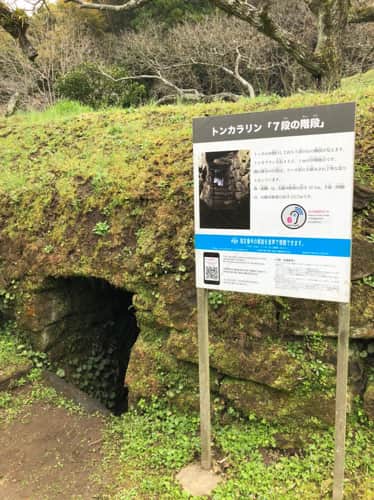
Japan is a fascinating country, scattered with places that tell ancient stories tinged with mystery, among these we find an enigmatic and fascinating site in northern Kyushu, located near Nagomi (和 水 町, Nagomi-machi), a city in the prefecture of Kumamoto ( 熊 本 県, Kumamoto-ken).
Outwardly it appears as part of the local landscape but inside there is a complex of tunnels, called "Tonkararin" (トンカラリン). To it we can add another fascinating place, not very far from the tunels, the important burial mound of Eta Funayama (江田船山古墳).
Both sites are still the subject of research today, especially the tunnel complex with still many mysteries to be revealed, there is still a lot to understand to date there are still many unanswered questions.
The tunnel complex was discovered by archaeologists in the 18th century, a structure that according to the first analyzes would date it back to the 5th or 6th century, although unfortunately the dating is still uncertain and being confirmed. Subsequently, in the 1970s, research within this particular complex resumed, giving us slightly more precise information. What we do know is that the "structure" measures 445 meters in length, but varies in width and height, reaching 4 meters in height at its highest point, but forcing exploration on all fours at its lowest point.
This "irregularity" has given rise to various theories and hypotheses about its nature, first suggesting a natural formation excavated by water, but this hypothesis was later refuted by better studying the composition from inside the tunnels. They were found to have a smooth appearance, a rectangular entrance, and clearly hand-carved stairs, so the natural formation theory was dismissed.
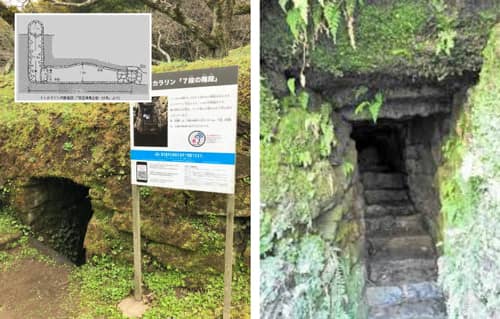
In this same area, just over 5-10 minutes on foot, you reach another important site: the burial mound of Eta Funayama (江田船山古墳). The structure is particular and takes the form of a "keyhole" and dates back to the Kofun period (古墳時代, Kofun jidai), however the tunnel system seems to be older, it is thought to have been built in the Yayoi period (弥生時代, Yayoi jidai), therefore prior to the Kofun.
We first mentioned two important historical eras for Japan, then we will go into a little more detail so as to better understand the historical and social context in which the sites found are located.
The Yayoi Period (弥生時代), which takes place between 300 BC and 300 AD, was a period of great changes for the Rising Sun that saw the beginning of cultural and economic relations and interactions with Korea. Some of the results of this "contamination" can be found, for example, in learning rice cultivation techniques and the burial practice of burial mounds (previously in Japan it was customary to bury the deceased in pits).
Before arriving at the use of real mounds in Japan there was the tradition of erecting dolmens, stone tables which constituted sepulchres, and funerary objects such as vases, jars and tubular pearls were placed around them, which we find in the kit from the treasure of the tumulus, dating back to the following period.
It has been thought that the tunnel system could date back to this period because, with the creation of rice fields, the inhabitants of the area probably attempted to create an agricultural system for irrigation, although there is no archaeological evidence to support this theory. The lack of concrete evidence has led to a change of perspective focusing research on the Kofun period.
The Kofun Period (古墳時代), which can be placed between 250/300 AD and 538 AD, owes its name to the appearance throughout the country of these mounds, which contained the tomb chambers of members of the ruling class.
The main and recognizable feature of these tombs is that they have a shape that resembles a keyhole when viewed from above. The burial sites, those dating from the 3rd century, generally appear unadorned and simple unlike those from the 4th and 5th centuries which are more complex, more numerous and richer.
The maximum splendor is reached towards the end of this era, the burial mounds dated belonging to the sixth century, such as that of Eta Funayama, recall in size and magnificence the great tombs of the New Kingdom of Egypt, with painted walls, large sarcophagi , grave goods. Not only were there also bronze mirrors, swords, horse harnesses, decorated sculptures, beautiful clay vases, haniwa (埴輪 or terracotta sculptures) and finally sueki ceramics (須恵器) strangely similar to today's porcelain which contained pigments gray-blue.
A further change within the Japan system, which appeared in this period, but given its importance, we could say revolution, was the introduction of Shintoism (神道 "Way of the Gods") as the state religion. This unification of cults as well as connecting different villages that previously had no reciprocal relationship, saw the birth of a Goddess and a topos that was common to all: the solar Goddess Amaterasu (天照大御神 lit. "Great goddess who shines in the skies ").
This important deity was associated with the imperial family, believing them to be the ancestral ancestor of those at the top of Japan's political and administrative power.
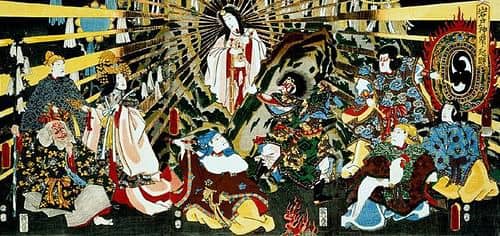
Following the myth of the goddess who hides inside a cave to escape her unruly brother, the god of the storm Susanoo (スサノオ), it grew the belief in the inhabitants of Nagomi, that the refuge of the deity was right in the mysterious tunnels. This led to the definition of the place as sacred, leading archaeologists to hypothesize that the complex was used as a Shinto shrine.
So is it a shrine? to answer this question we must take into account the history of religious practices of the Japanese region of Kyushu and the knowledge of a certain "sacred geography" closely connected to the religious vision of Shintoism. Based on this knowledge it seems coherent that the tunnel system may have been used as a shrine in the past. Among the elements that contribute to this hypothesis is the place where it is located, precisely near a community and on the slope of a mountain, a place full of sacredness in the Shintoist vision. Secondly, it is located a short distance from an important burial mound of the royal social class, so it has been thought that the two places could have a direct connection as well as a "soul connection".
This link would make perfect sense if we consider Shinto thought which among its elements includes the geomantic knowledge of the so-called "places of power" (such as a burial mound where glorious characters are buried).
However, since the structure is very old, the tunnel system can be considered at most as a "prototype" of sanctuary and the supporters of this hypothesis believe that the complex was used in certain shamanic and Shinto rituals in connection with the other sacred and mysterious place , the tumulus of Eta Funayama 江田船山古墳.

The mound was excavated for the first time by archaeologists in 1873, at the time the undertaking was not easy considering that it is 62 meters long. Inside, archaeologists find themselves facing something incredible, a dolmen, or boulder-sarcophagus.
Buried under this large stone slab was found a rich treasure which included some finely crafted bronze mirrors, and as archaeologists dug deeper and deeper they found other models, each of which decorated with images of gods and animals of unknown origin .
It is probable that these mirrors had regal value, one of these bronze mirrors decorated with 4 beasts, among the most beautiful of the finds, today we find it exhibited at the Tokyo National Museum.
In addition to the mirrors, a tribute to the Goddess Amaterasu, tubular beads of different colors and sizes have been found, reminiscent of the Yayoi culture and the Korean tumuli and magatama (勾玉 in the shape of a "comma") in jadeite, surprisingly similar to art post-modern.

Weapons such as iron swords and even armor were also found, an unmistakable sign that warriors were buried here, or people who were related to the military thanks to their aristocratic status.
Paradoxically, the most famous discovery of the mound was not by archaeologists, but by residents. The story of how this happened is lost in the past, but the finds are significant and important, for example a crown and a sword, both in gold, with an inscription, and other royal objects, including gilded bronze headdresses , fit for a queen, earrings, rings and gilded plates.
The list of recovered artifacts is long and provides a clearer picture of life during the Kofun period. The artifacts show us great technical mastery in metalworking, while the military equipment gives us the element of a society ready for war. To corroborate this is added the discovery of iron arrowheads found together with the swords, to underline the military importance of those who occupied the "tomb" and the close association between them and the royals.
Still with regard to equipment, the gorget (an object similar to armor but which covered the neck and thus provided protection for the face) found within this hoard suggests that the royals themselves fought in battle.
Among the most important discoveries, and certainly more difficult to understand why, is the discovery of a triple bell. This unique object probably has a religious value, especially important in rituals, but buried here appears unusual because the bells were also used in animal breeding during the Yayoi period. Indeed bells of various sizes were buried on the side of the nearby hills, to promote the fertility of the land and a fruitful harvest.
So why was this bell buried in the mound? how do you explain the presence of a 3-sound bell, usually associated with peasant culture? Perhaps the answer still lies within the mountain itself, waiting for someone to complete the treacherous exploration of the tunnels.
The Tonkararin tunnel complex remains a sacred and mysterious ruin and to consolidate this hypothesis there was a symposium in Nagomi in October 2001 to discuss precisely the function of the tunnels and it was declared that they are actually connected to religious acts.

For cinema lovers, a film was produced in 1998 that narrates the historical events of the region in an imaginative way (隧穴幻想 トンカラリン夢伝説 Zuiketsu Genso: Tonkararin Yume Densetsu "Tunnel Fantasy: Dream Legend of Tonkararin") directed by Takashi Miike .
SOURCES:
ancient-origins.net/
axismundi.blog/2020/12/03/
en.wikipedia.org
letterboxd.com/film
IMAGE CREDITS:
Kofun.ing (Jp)
themoviedb.org/
Samantha Sisto

 English (United Kingdom)
English (United Kingdom)  Italiano (it-IT)
Italiano (it-IT) 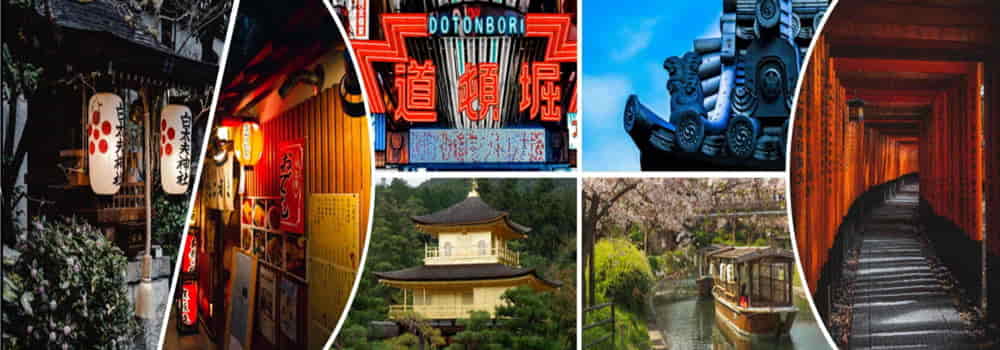
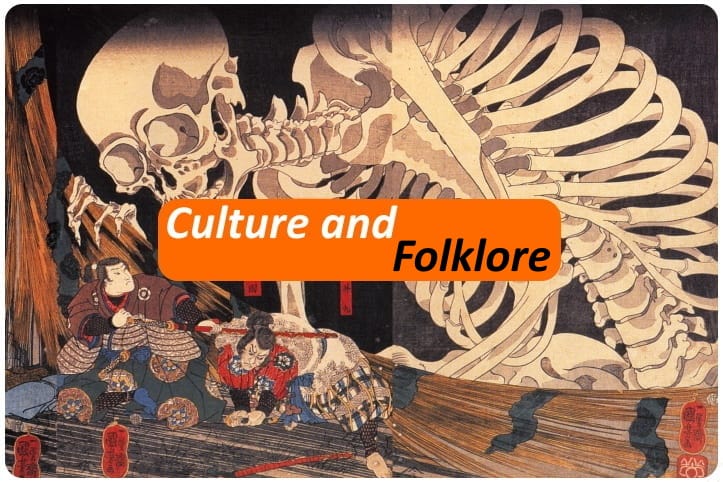
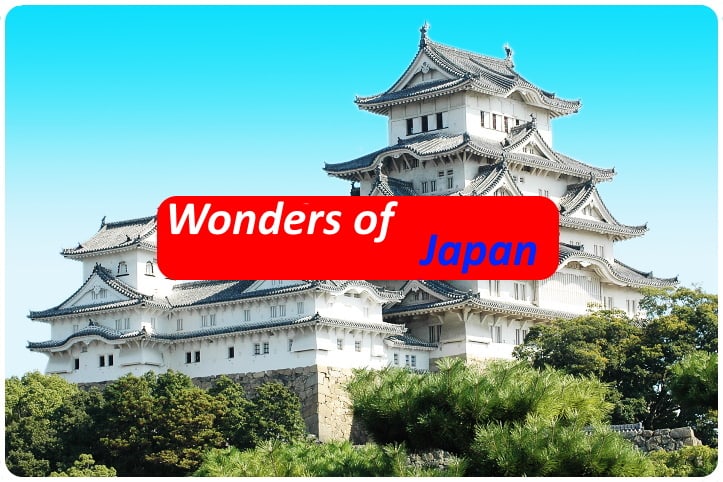




![[Review] Princess Toyotomiプリンセス トヨトミ](https://www.fukainihon.org//cache/mod_jt_contentslider/fdfb524f85518b9476158c79c8ea022f_328.jpg)


